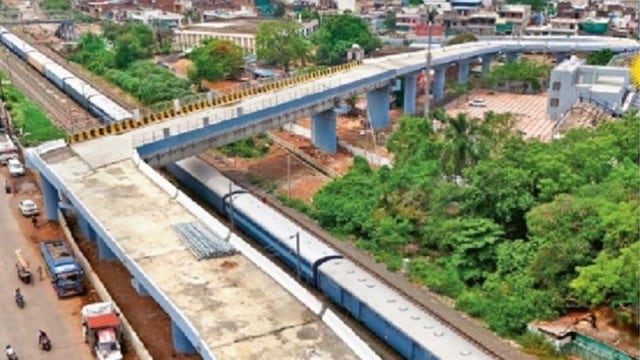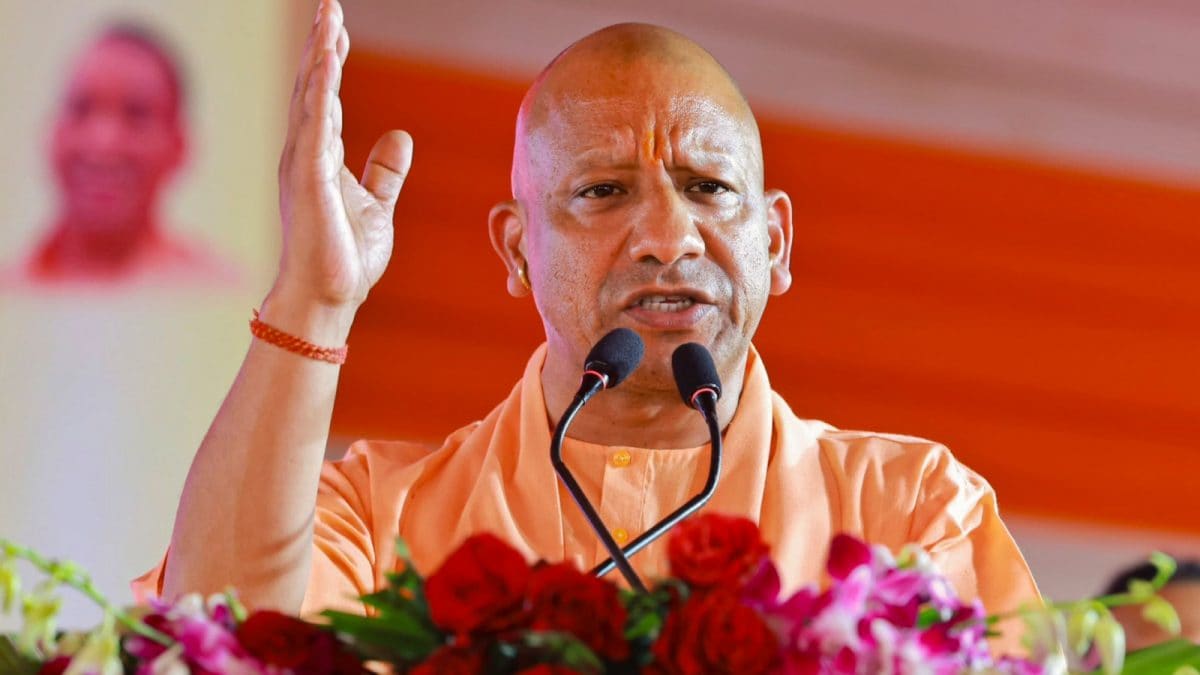ARTICLE AD BOX
 The bridge in Bhopal is now the subject of a probe. File
The bridge in Bhopal is now the subject of a probe. File
More than a year before Bhopal’s infamous “90-degree” rail overbridge came up, red flags had already been raised over its peculiar design, which is now under investigation, The Indian Express has learnt. The Indian Railways, it is learnt, had warned that the design would lead to criticism from commuters and “give a bad image of engineers”.
The 648-metre bridge in the Aishbagh area, which cost Rs 18 crore to build, was meant to eliminate long delays at railway crossings and shorten the commute for nearly three lakh people daily. While one portion was being built by the Public Works Department, the Railways was handling the other part.
The Public Works Department has constituted a four-member committee, including two chief engineers and an executive engineer, to assess the design, evaluate accountability, and recommend corrective measures.
Documents accessed by The Indian Express show that on April 4, 2024, a team of supervisors from the Indian Railways inspected the site where the bridge was being made. At the time, the sub-structure of the bridge, built by the Railways, was ready, and the “work on the superstructure” was in progress.
The work on the approach portions of the bridge managed by the PWD was also in progress.
At the time, Sudhanshu Nagayach, Deputy Civil Engineer at the West Central Railways Division, wrote to the PWD Executive Engineer of the Bridge Construction Division that “during the inspection, it is noticed that towards Barkhedi, connection of bridge and approach (sic)” does not seem to be proper.
Nagayach wrote that the portions of the bridge constructed by the PWD and Railways are “meeting almost at right angle, which is neither fulfilling the functional requirement nor safe for road users”.
Story continues below this ad
“It will lead to criticism amongst road users and public and also give bad image of engineers in the public,” the letter reads.
Senior officials of the PWD have, meanwhile, blamed the Railways for the lack of coordination. A senior official from the bridge engineering department said, “They should have scrapped the project and waited for a new design. They (the Railways) just proceeded to build their ROB and leave us to design the approach portion.”
The Railways, however, maintains they had communicated to the PWD about design flaws well in advance, but since no action was taken, they proceeded to build their portion of the bridge.



.png)
.png)
.png)

























 English (US) ·
English (US) ·